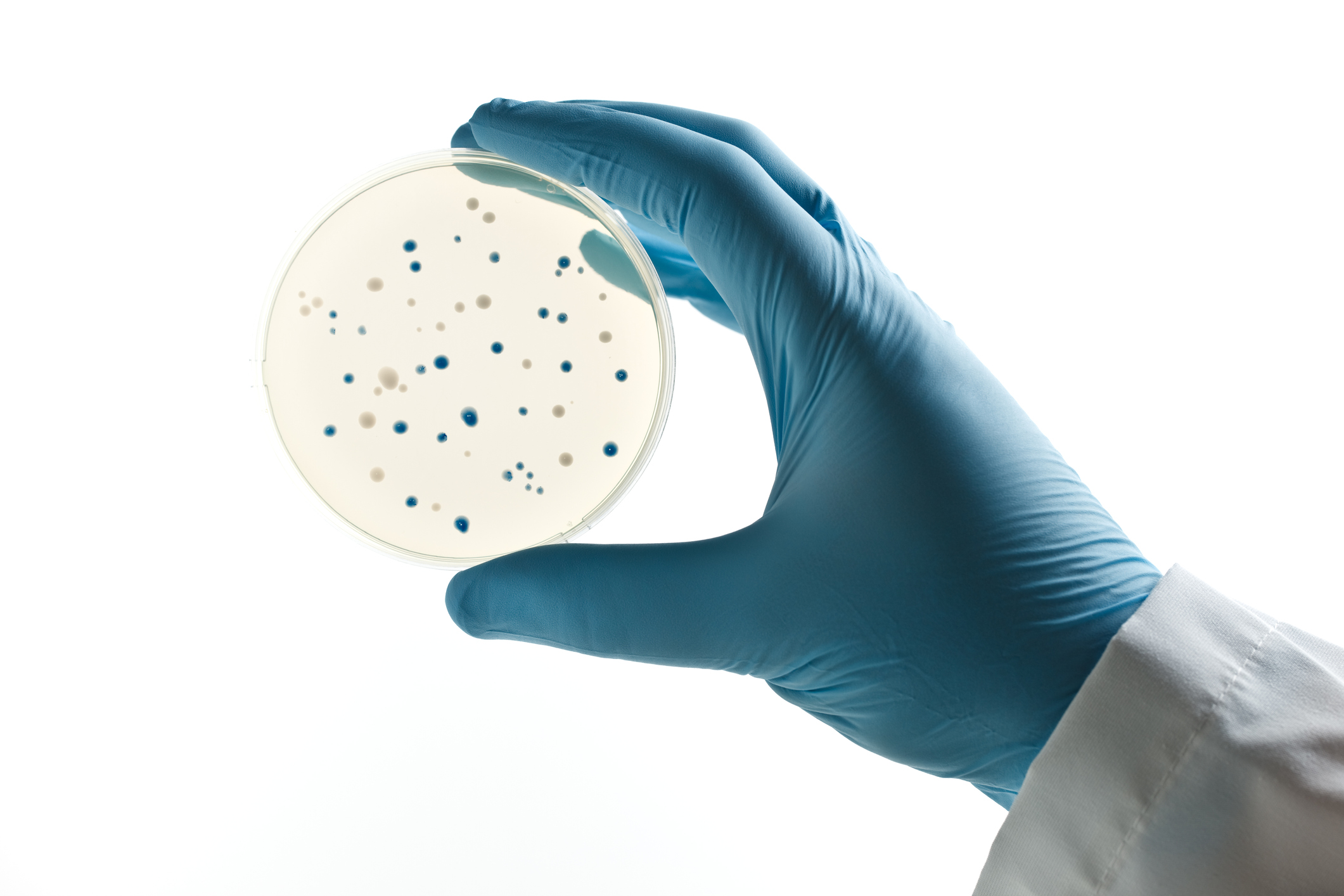The bulk of microbiology attention in the drug manufacturing world is laser focused on sterile drug products and the myriad steps needed to aseptically manufacture them. That is certainly with good reason as those drug products carry the highest patient risk should there be microbial contamination. One aseptic manufacturing misstep and the consequences could be devastating. Further, we have a tremendous archive of resources that speak to the production of sterile drug products, including the most recent EU Annex 1 document (here) that has garnered so much worldwide attention.
I offer here a short case as to the importance and sometimes underappreciated world of non-sterile drug manufacture. I selfishly bring this topic to you as a microbiologist and “fan” of the organisms we all have to live with in our foods, supplements, and non-sterile drugs. I cut my teeth with the FDA, starting in 2002, as a bench microbiologist in the Denver District Laboratory, where I frequently found myself testing imported foods for microbes. For your amusement, you can picture me fumbling multiple cantaloupes in bagged diluent, to rinse away the farming dirt, in preparation to test for Salmonella and other microbial contamination. That launched my fascination (and surprise) with the acceptable limits of organisms allowable in our foods by FDA regulations (a blog for another day).
My point here is that, while I spent the bulk of my FDA microbiology career working on sterile drug products and the corresponding aseptic manufacturing, I found the most satisfaction in the less frequent non-sterile assignments. Non-sterile work is rich with regulatory nuance and it continues to evolve as improved methods detect microorganisms previously unknown to be a problem. The best case study for this phenomenon is the Burkholderia cepacia (BCC) species and the aqueous drug products that are susceptible to contamination by these bacteria. The FDA has communicated this concern in public statements like this one (here), advising of serious patient illness and drug recall. We don’t have the same depth of guidance available for non-sterile drug manufacturing as we do for the aseptic manufacturing world. However, we know the issues are on the FDA’s radar and can point to the September 2021 draft guidance for the microbiological quality considerations in non-sterile drug manufacturing as evidence. That guidance can be found here.
Do you need help in triaging the non-sterile drug products in your catalog for regulatory compliance? Do you need recommendations on the microbiological considerations for single dose, multidose, preserved, non-preserved, aqueous, and non-aqueous formulations of non-sterile drug products? How about applying the correct USP chapters to your non-sterile drug product’s release and stability testing? Lachman can help you through a discussion of these topics and others regarding your non-sterile drug manufacturing challenges. Please contact Paul Dexter at p.dexter@lachmanconsultants.com to start the conversation.




